Acupuncture and moxibustion and moxibustion in Chinese medicine can be used as an auxiliary treatment for spinal cord injury to help improve nerve function and relieve muscle atrophy and pain by stimulating meridian points. The acupuncture and moxibustion treatment of spinal cord injury needs to combine the degree of injury, the stage of disease course and individual differences. The commonly used acupoints include Jiaji, Huantiao, Zusanli, Yanglingquan, Shenshu, etc., together with electroacupuncture, warm acupuncture and other techniques to enhance the efficacy.
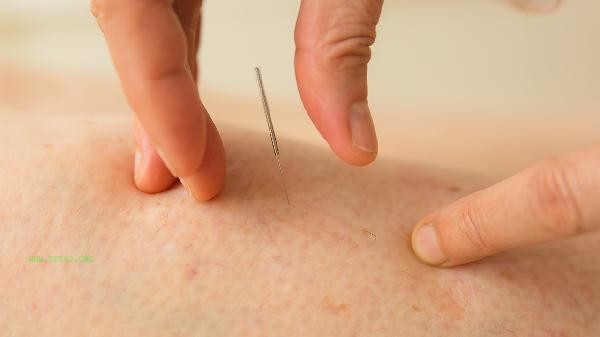
1. Stimulation of Jiaji acupoint
Jiaji acupoint is located 0.5 inches away from the spine and belongs to the intersection area of the Du meridian and the bladder meridian. Acupuncture at this acupoint can regulate the Yang qi of the Du meridian and promote local blood circulation. The oblique needling method is commonly used in clinical practice, with a depth of about 1-1.5 inches. Combined with low-frequency electroacupuncture stimulation, it can help improve sensory abnormalities below the level of injury. Attention should be paid to avoiding excessive stimulation that can cause muscle spasms. In the early stages of treatment, adjustments should be made gradually starting from shallow stimulation.
2. Huan Tiao acupoint for unblocking meridians
Huan Tiao acupoint is a vital acupoint of the Foot Shaoyang Gallbladder Meridian, located at the outer one-third of the line connecting the greater trochanter of the femur and the sacral hiatus. Deep needling can unblock the meridians and qi of the lower limbs. For lower limb movement disorders caused by incomplete spinal cord injury, acupuncture at the Huan Tiao acupoint combined with moxibustion can alleviate symptoms of sciatic nerve compression. During the operation, the patient should be placed on their side and a 3-inch long needle should be inserted until there is a feeling of soreness and swelling.
3. Zusanli Tonifying
Zusanli belongs to the acupoint of Zuyangming Stomach Meridian, which has the effects of nourishing the middle and qi, and strengthening muscles and bones. Long term acupuncture and moxibustion at this point can improve gastrointestinal dysfunction and malnutrition in patients with spinal cord injury, and regulate bladder function through nerve reflex. It is suggested to use twirling and tonifying method in combination with warm acupuncture and moxibustion for 20 minutes to enhance the spleen strengthening effect, but diabetes patients should be careful with moxibustion.
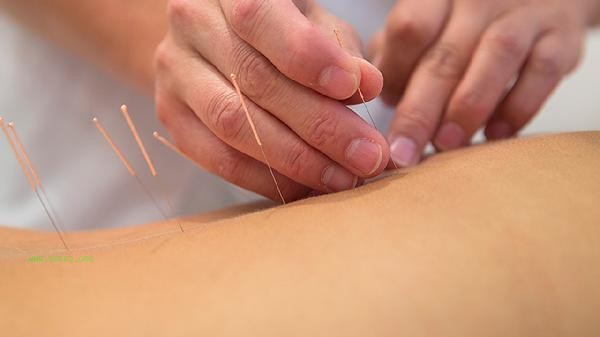
4. Yanglingquan Shujin
Yanglingquan is a acupoint located in the depression below the front of the fibular head, which is used to treat lower limb impotence and numbness. Acupuncture at this acupoint can reduce muscle tone and alleviate symptoms of spastic paralysis. It is often used in combination with the Xuanzhong acupoint. During the operation, the technique of tonifying and purging should be used, combined with infrared radiation to enhance the effect of relaxing muscles and activating collaterals. Patients in the acute phase need to control the intensity of stimulation.
5. Shenshu acupoint warming yang
Shenshu acupoint is located 1.5 inches away from the spinous process of the second lumbar spine and belongs to the dorsal shu acupoint of the bladder meridian. It has the functions of warming and tonifying kidney yang, and strengthening the waist and knees. For those with spinal cord injury and incontinence, acupuncture and moxibustion at Shenshu point combined with Mingmen point can improve the sphincter control ability. It is recommended to use ginger separated moxibustion method, with each moxibustion lasting 5-7 days. For those with yin deficiency and excessive fire, acupuncture should be used as a supplementary method.
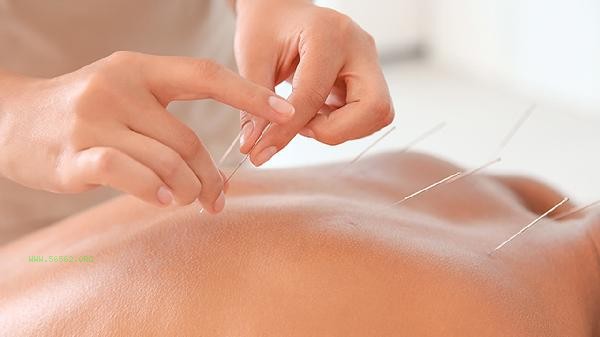
Patients with spinal cord injury need to cooperate with rehabilitation training and nutritional support during acupuncture and moxibustion treatment. Daily consumption of kidney tonifying and essence filling ingredients such as yam, black sesame, walnuts, etc., avoiding raw, cold, and spicy foods. It is recommended to engage in passive joint activity and respiratory training to prevent muscle contractures and lung infections. The treatment course of acupuncture and moxibustion generally lasts for more than 3 months, and the severely injured should be treated with modern medicine. In case of abnormal pain or fever during treatment, stop acupuncture and moxibustion immediately and seek medical advice.

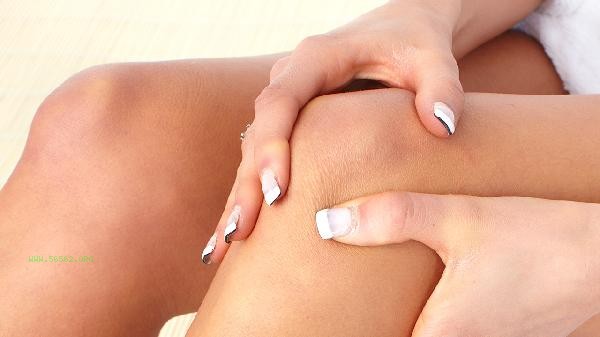
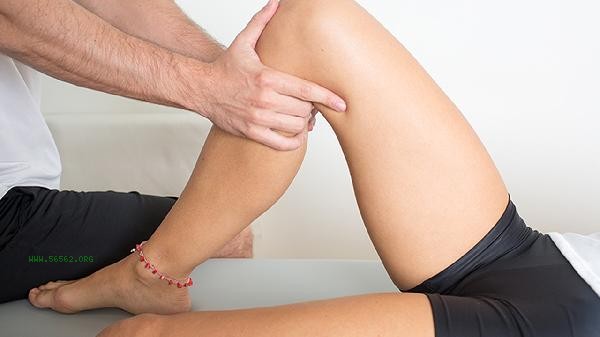
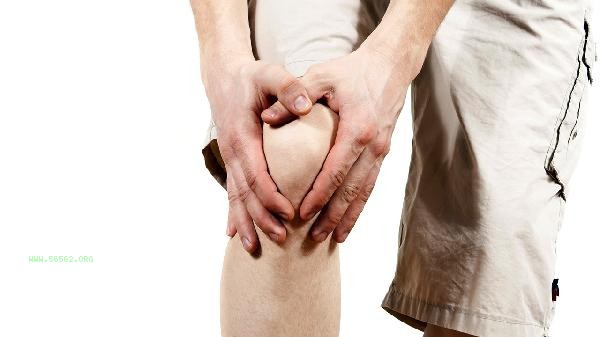
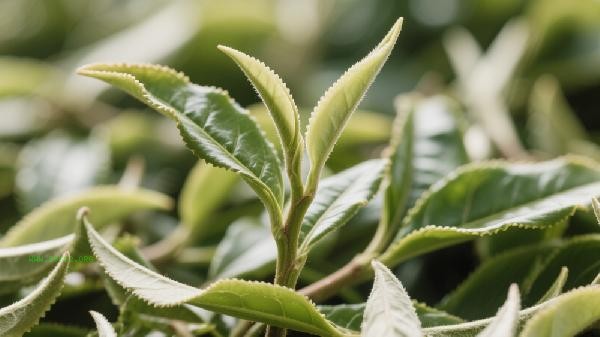
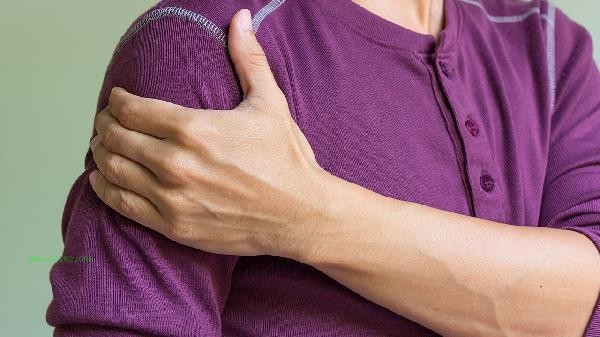


Comments (0)
Leave a Comment
No comments yet
Be the first to share your thoughts!